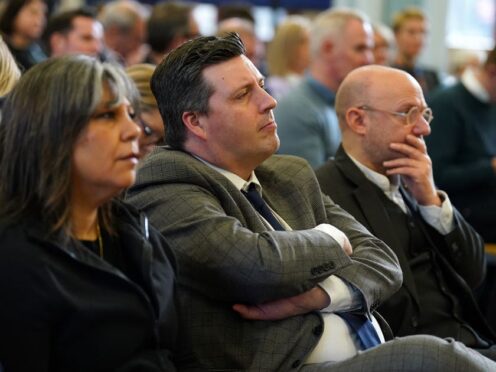Civil servants should be given “enhanced training” to help them provide better information for MSPs scrutinising the costs of government Bills, Holyrood’s Finance Committee has suggested.
Committee convener Kenneth Gibson has raised the issue in a letter to parliamentary business minister Jamie Hepburn.
Mr Gibson made the plea in the wake of his committee having “repeatedly identified issues with the quality of information” included in financial memorandums (FMs), which set out the costs of implementing proposed changes in legislation.
We've repeatedly raised issues over the quality of cost information in @scotgov Bills.
Most of our concerns would not arise if existing guidance had been followed by the civil service.
We urge @scotgov to put in place enhanced training.
Read letter👇https://t.co/uogK9MPdth pic.twitter.com/EZM5DoSmM0
— Finance and Public Admn Committee (@SP_FinancePAC) June 26, 2024
He urged the Scottish Government to put in place “enhanced training and development for Bill teams to improve the quality and consistency of … future FMs”.
The Finance and Public Administration Committee has previously raised concerns about the “lack of costings for all provisions in a Bill” in such documents, Mr Gibson said.
He added that the committee had also raised concerns that reports include “unrealistic” estimates of costs and savings, and that there is a “lack of sufficient consultation” with those involved about the accuracy of the costings.
He said FMs have previously used “lower projections in costings, despite both lower and higher projections being available” and said that costings did not always take into account the impact of inflation.

He told the parliamentary business minister Mr Hepburn these issues were all covered by the Scottish Public Finance Manual (SPFM) which sets out guidance on FMs.
Mr Gibson said the committee “therefore urge the Scottish Government to put in place enhanced training and development for Bill teams to improve the quality and consistency of presentation of future FMs”.
He added: “This learning should include promoting the importance of applying each of the steps in the SPFM guidance when preparing FMs.”
A Scottish Government spokesperson said: “Ministers are required by the Parliament’s Standing Orders to set out estimates of the costs, savings and changes to revenues that would be brought about by any Bill they introduce.
“The Scottish Government will respond to the specific issues raised by the Finance and Public Administration Committee in its correspondence in due course.”
